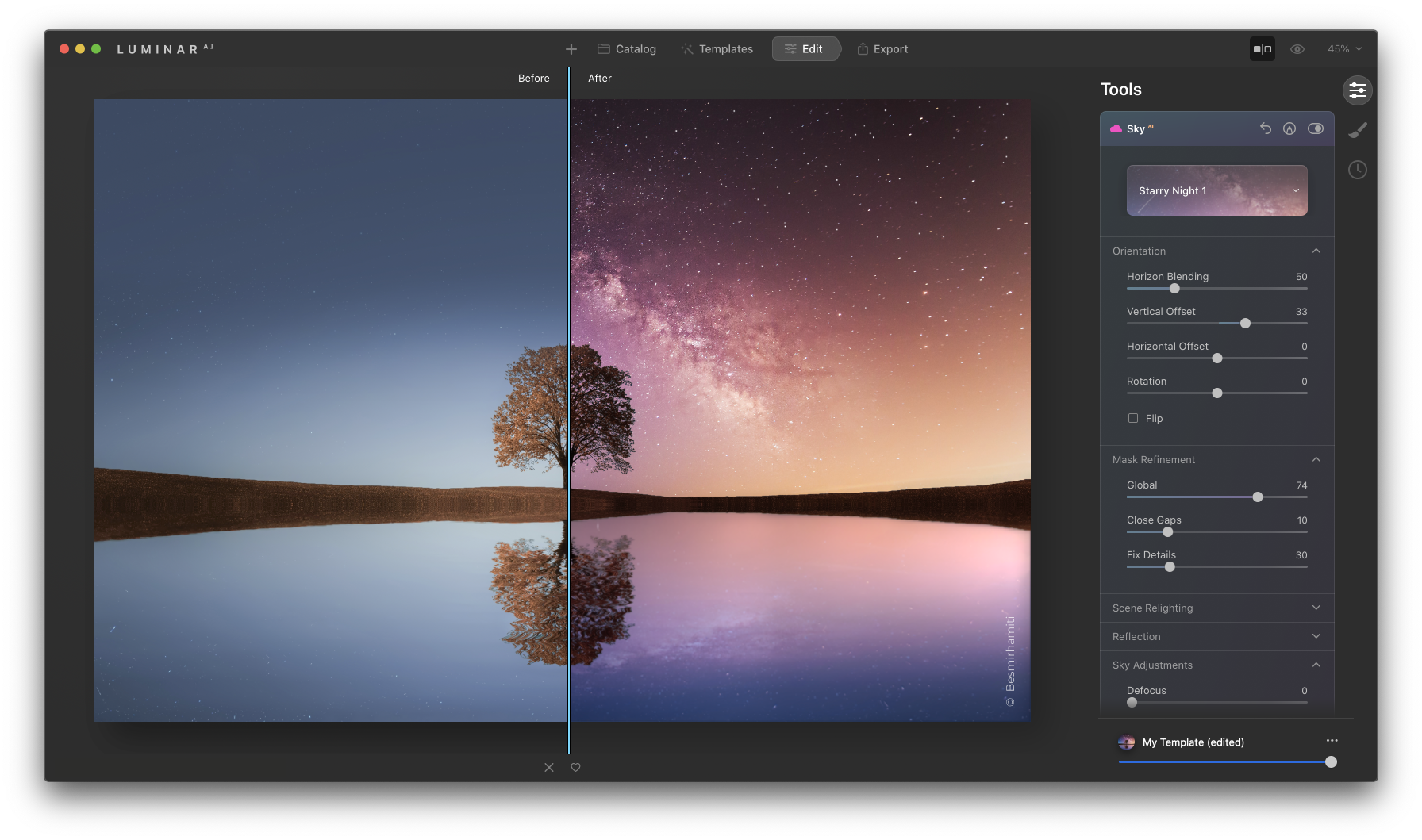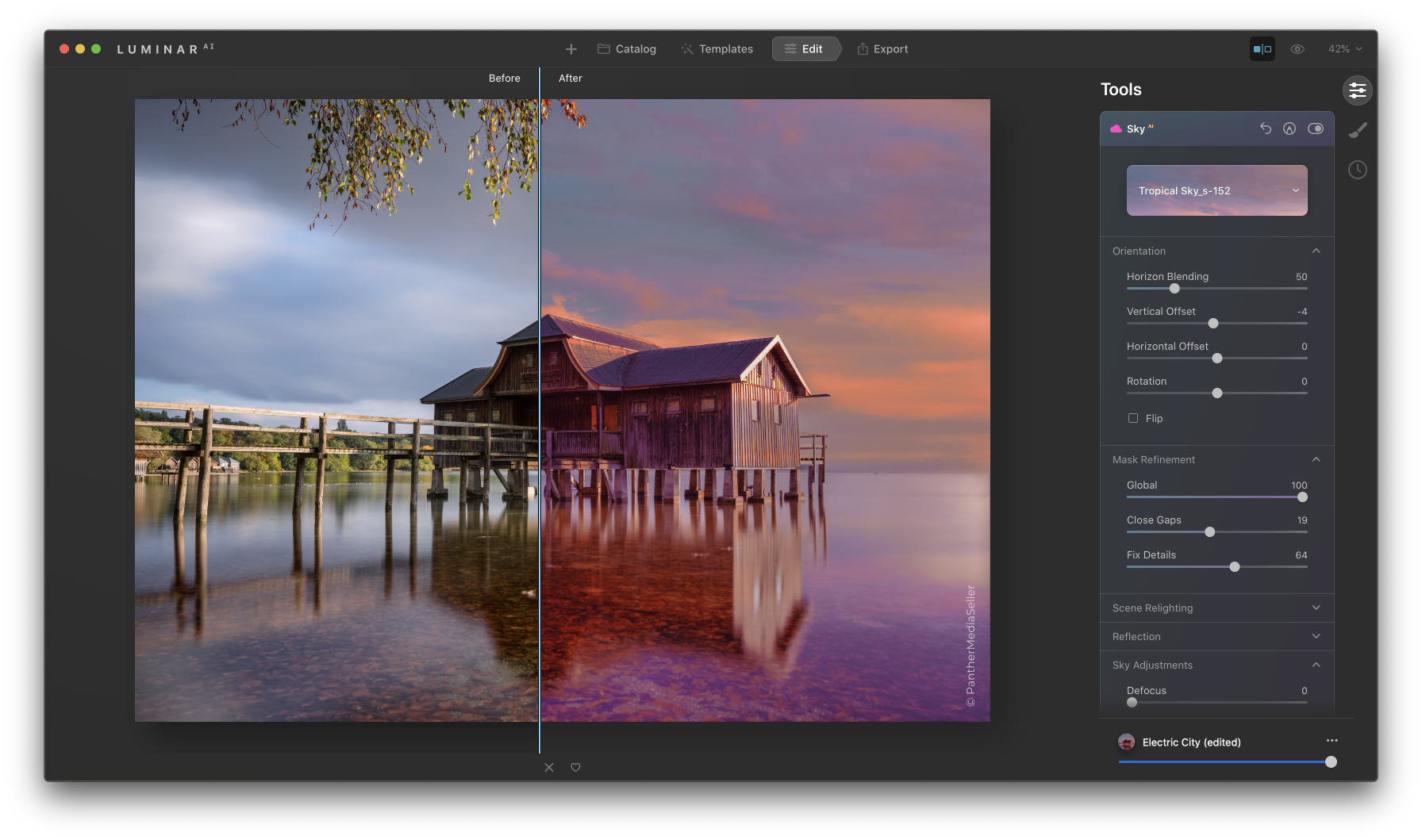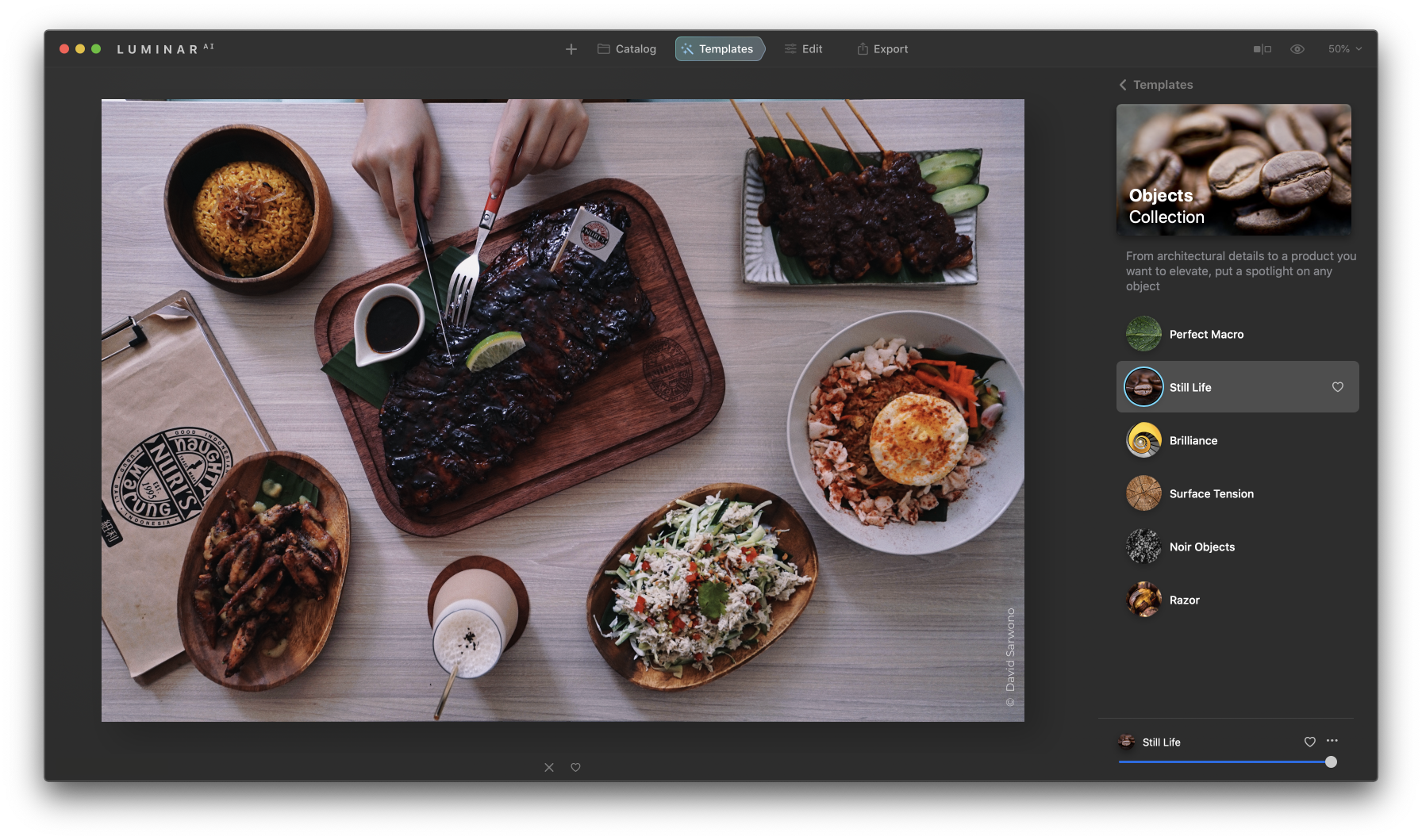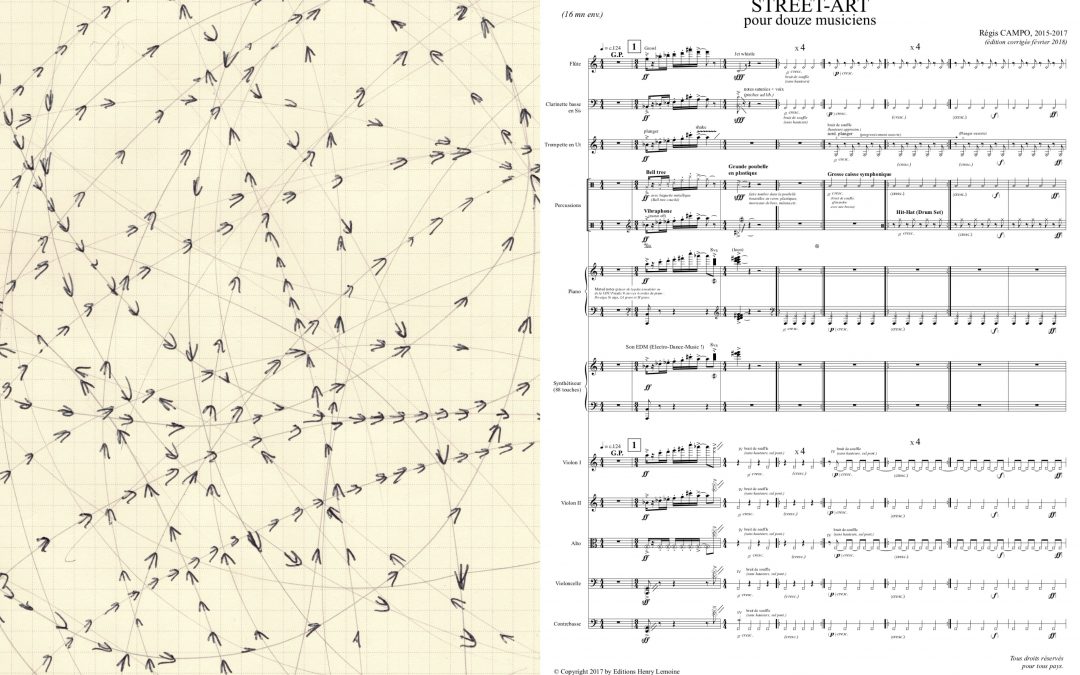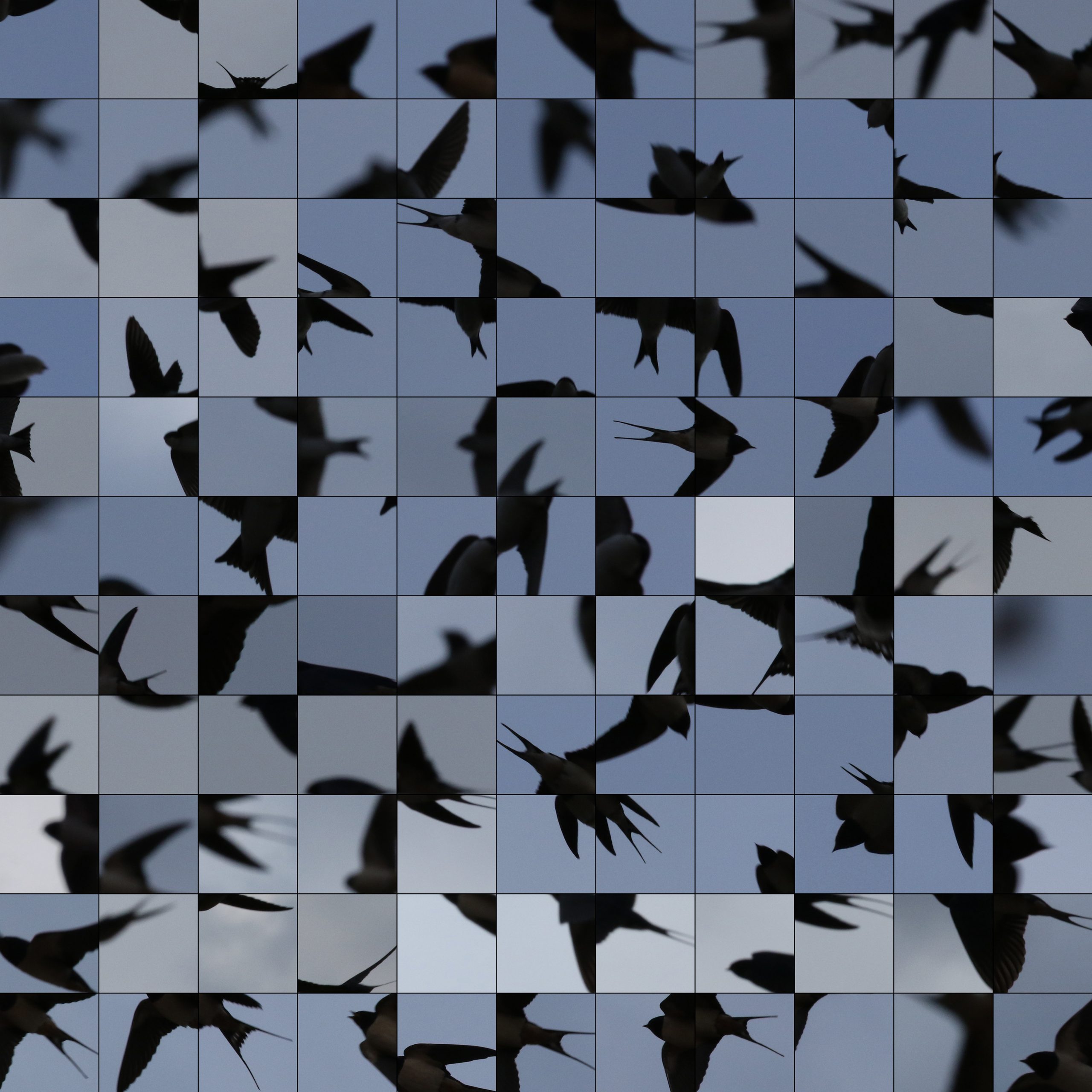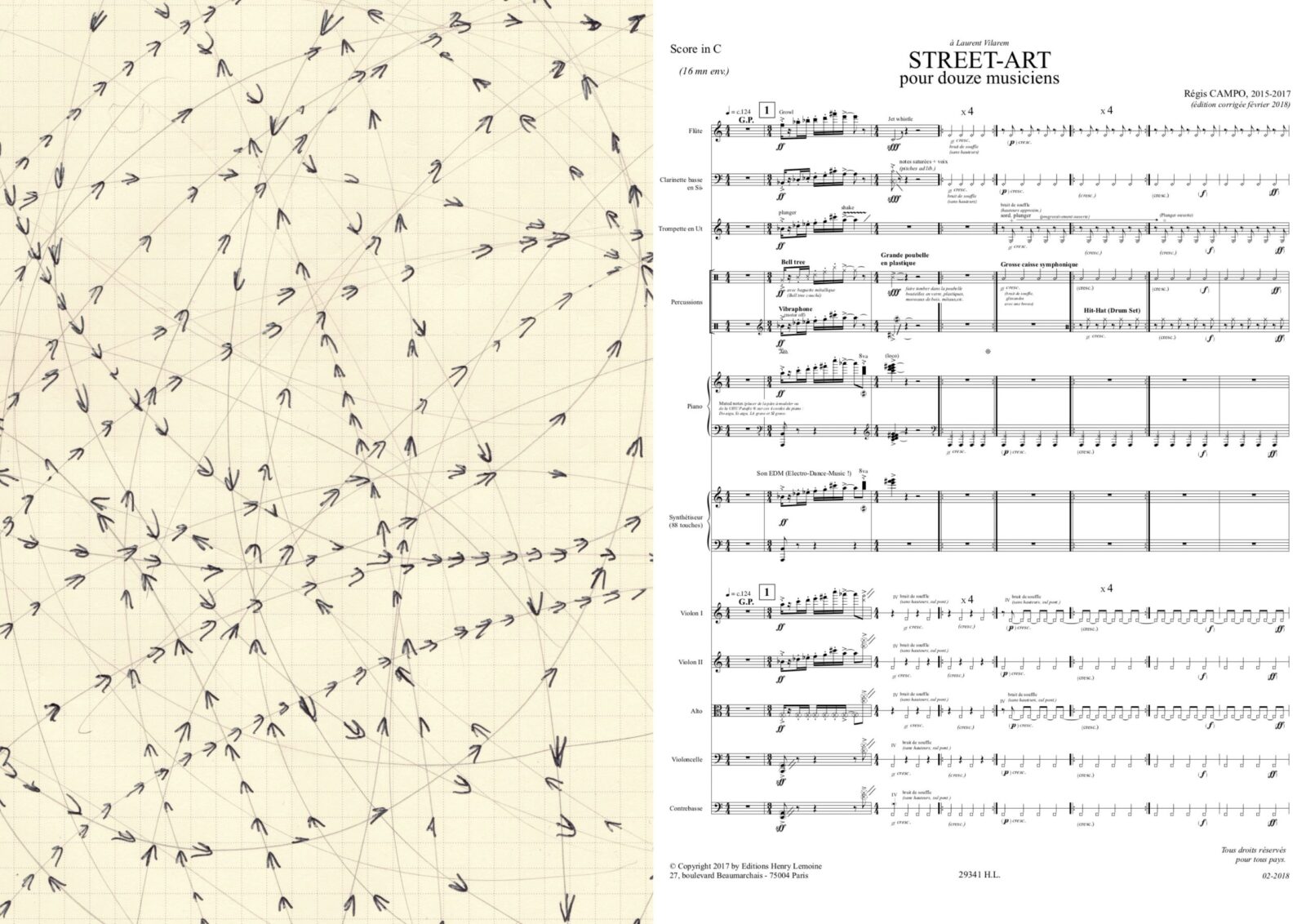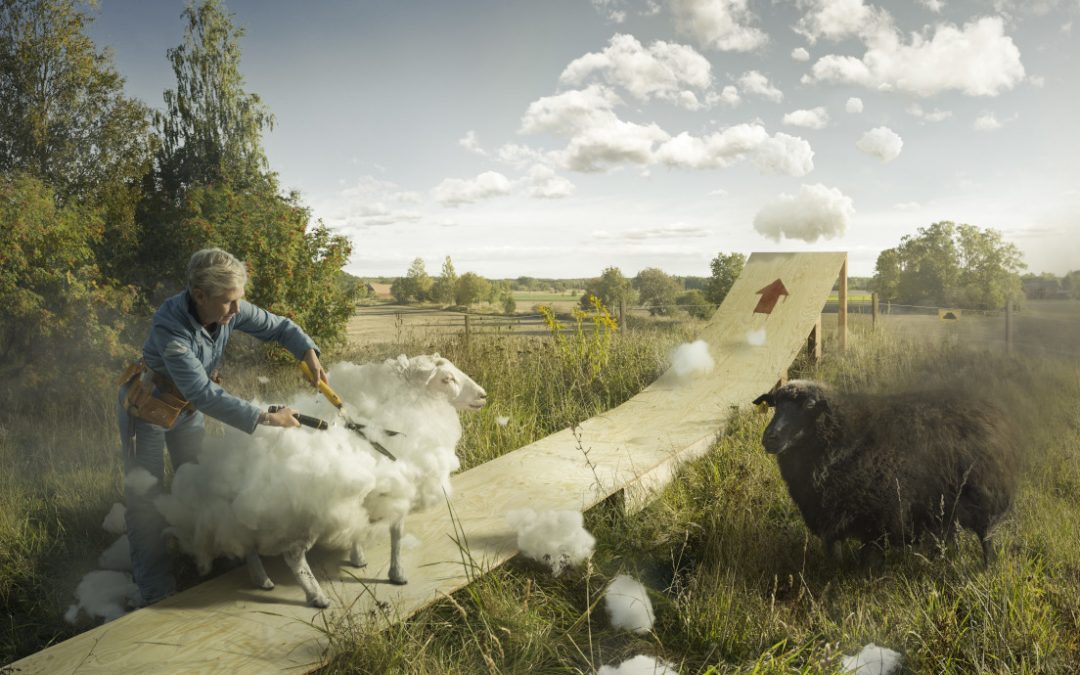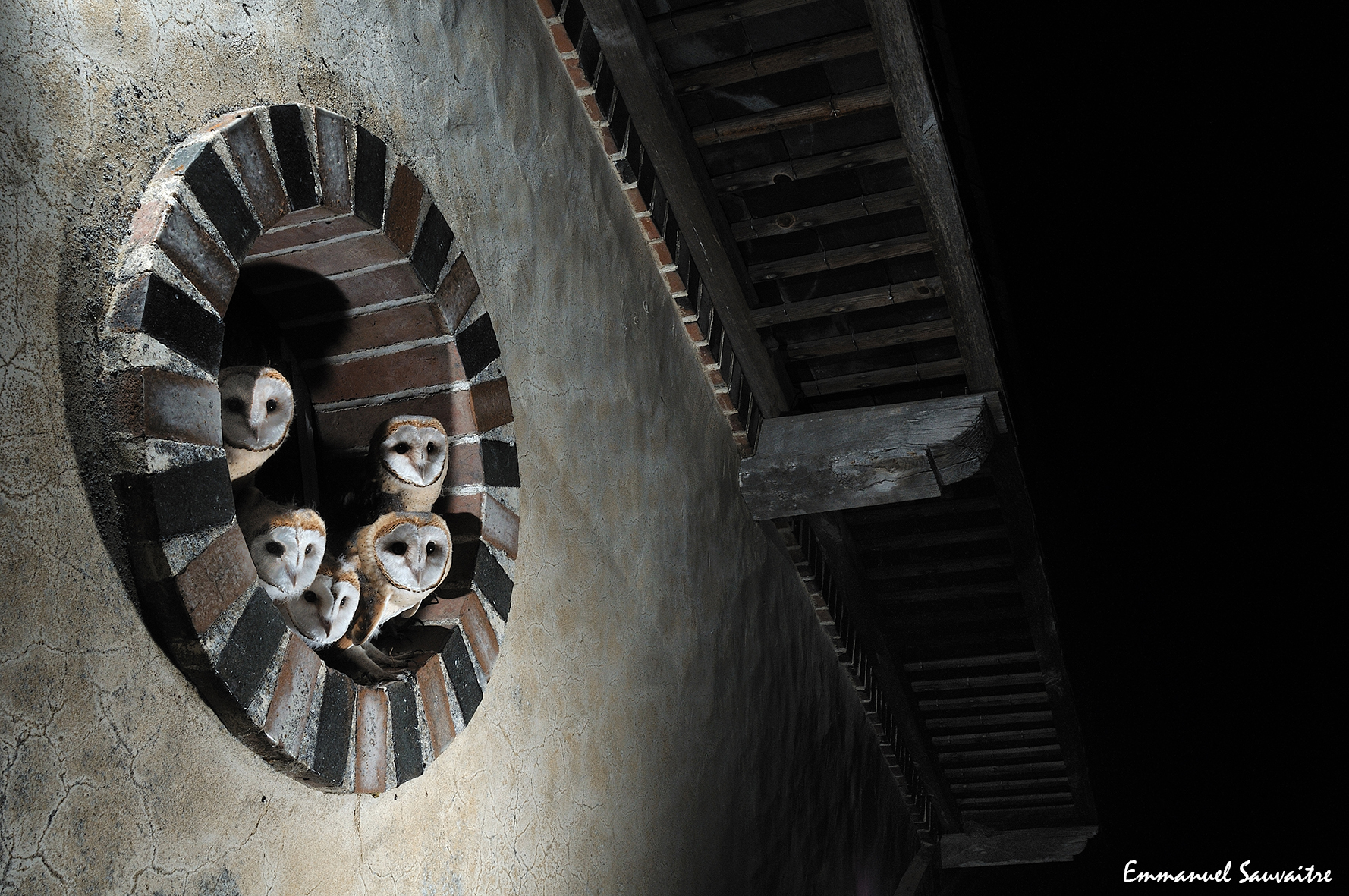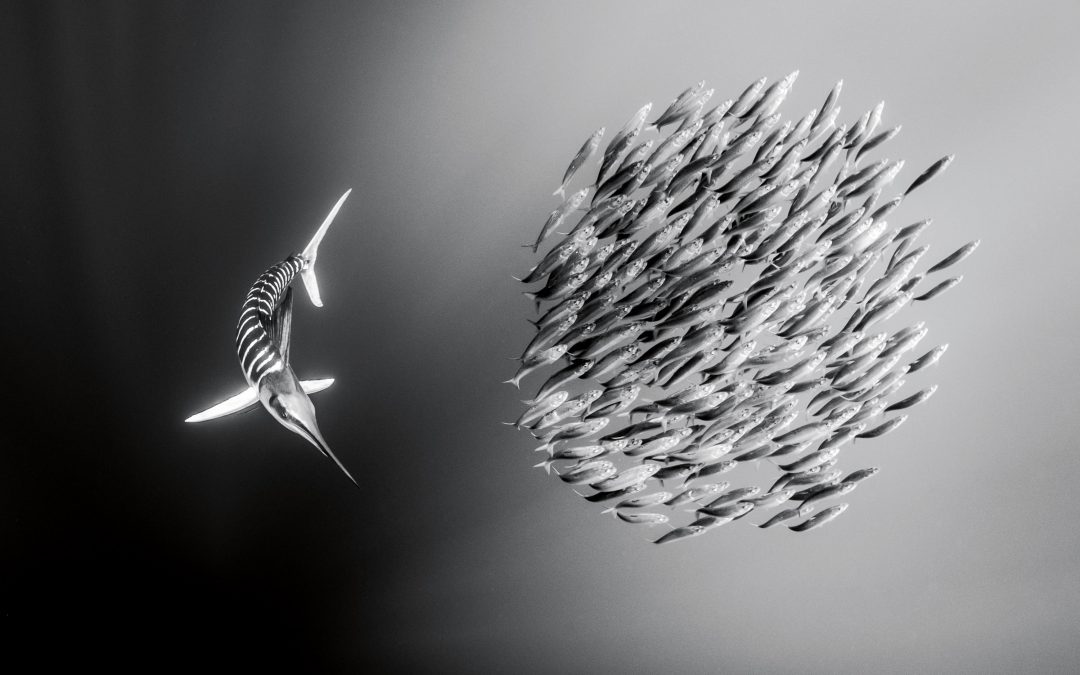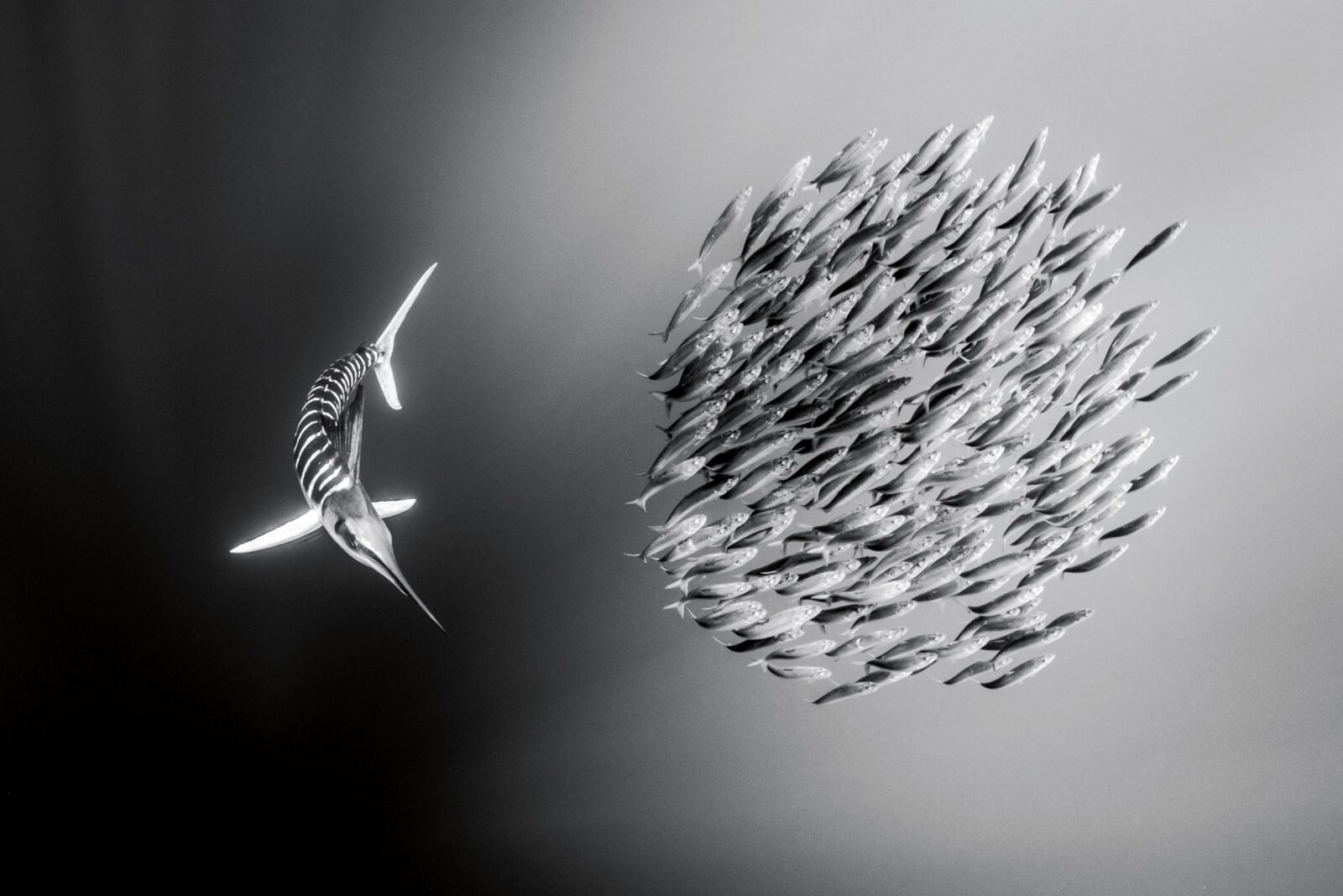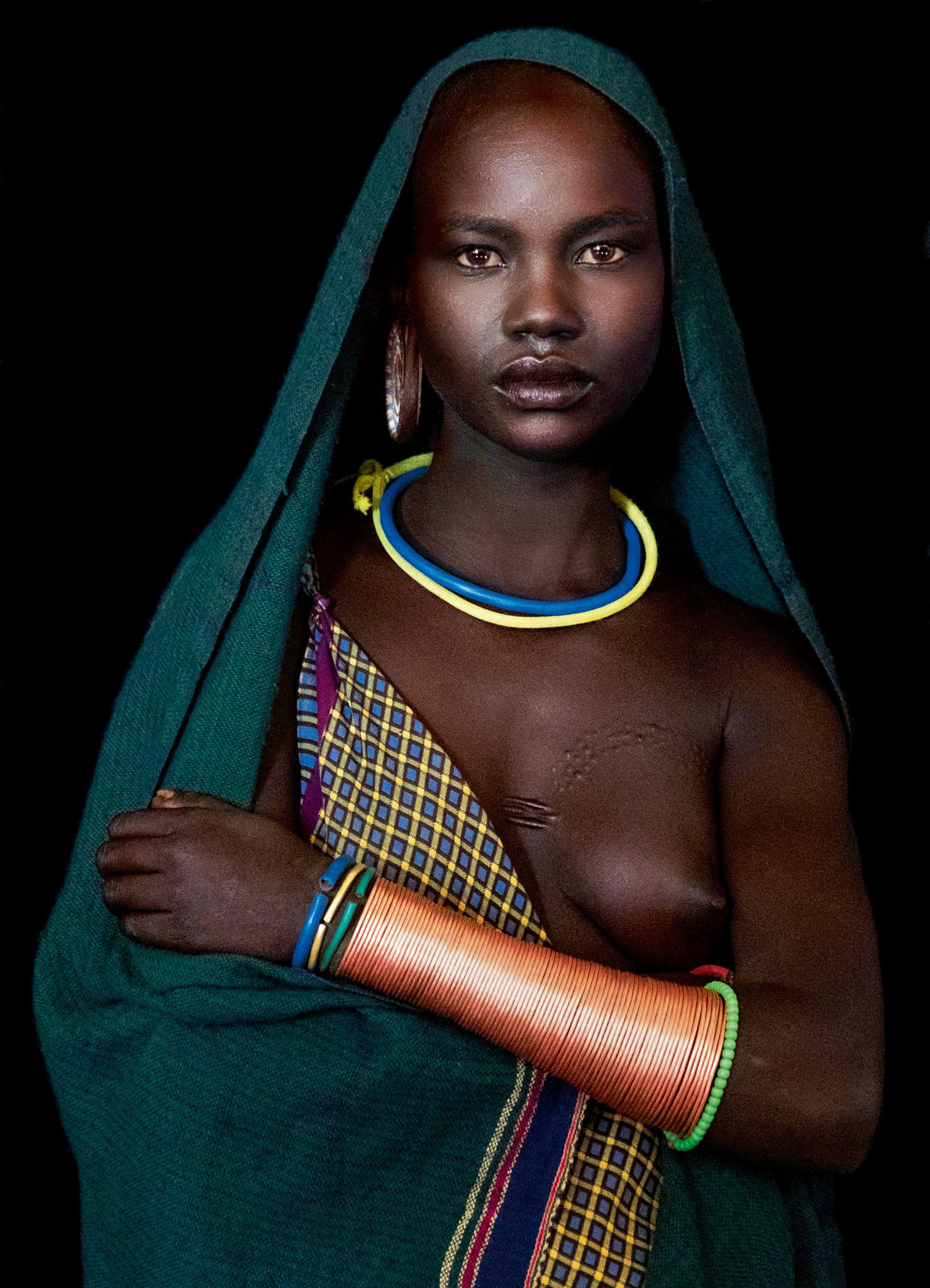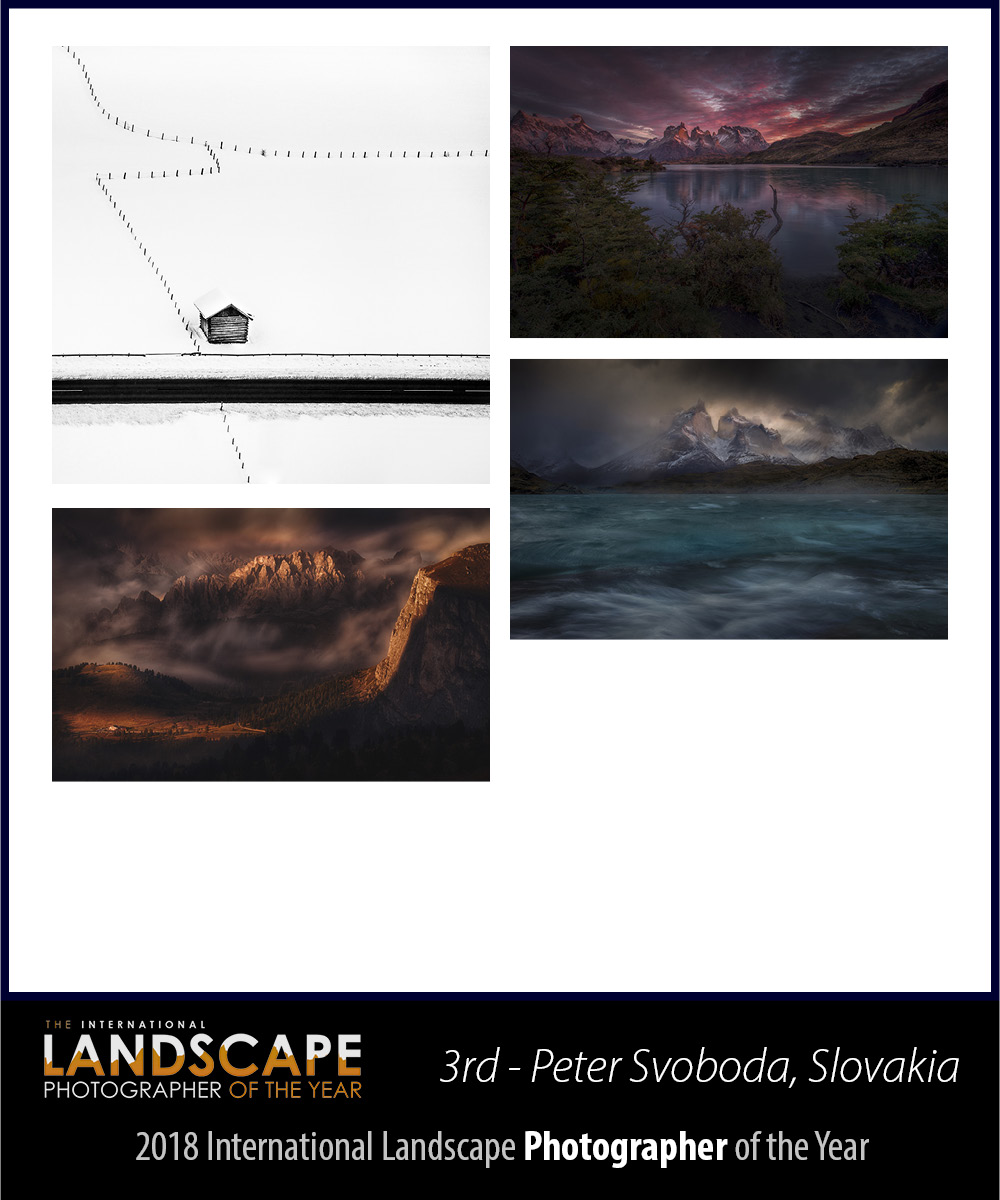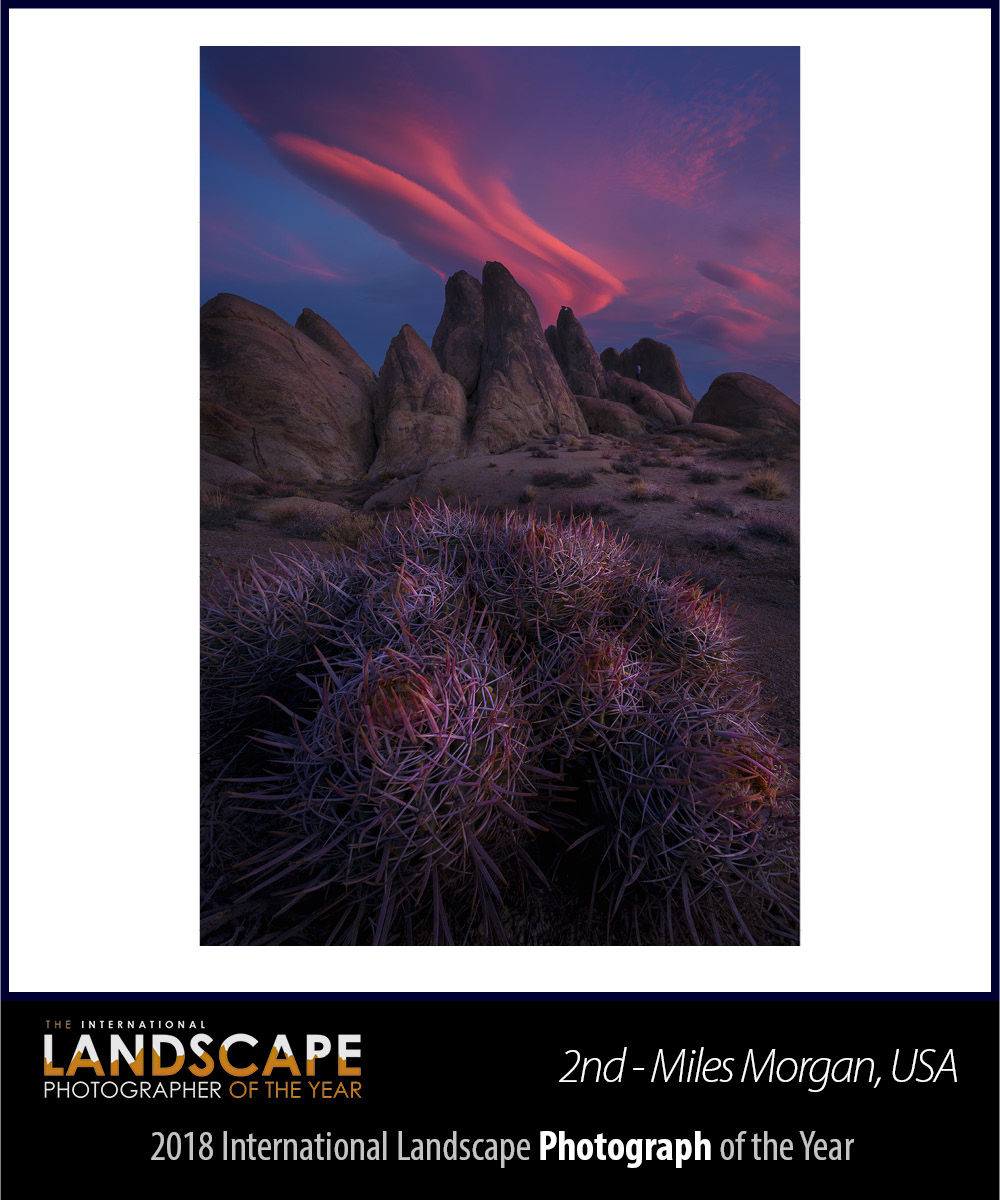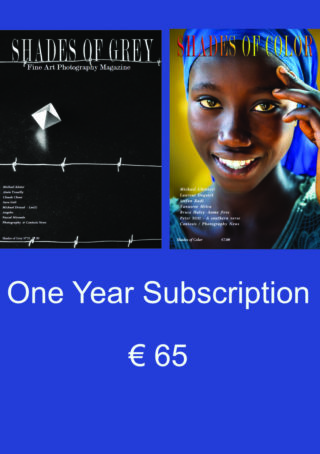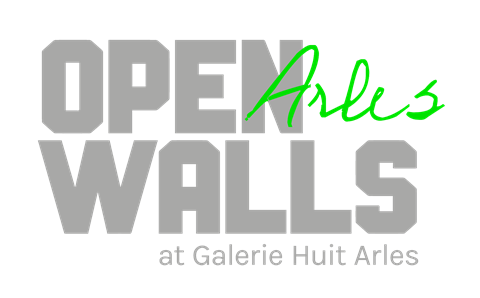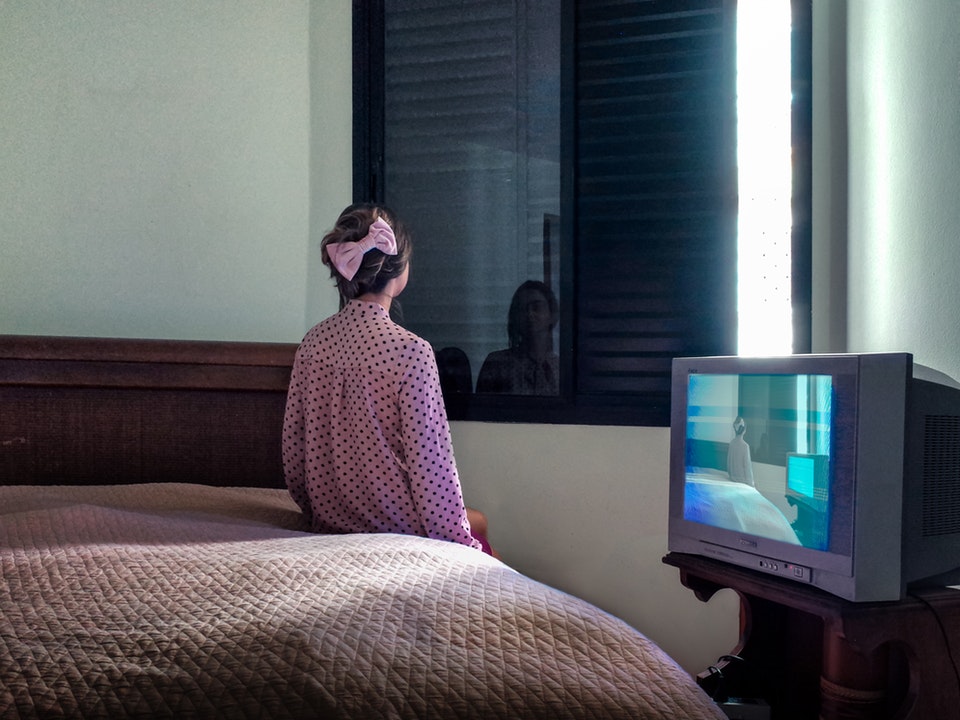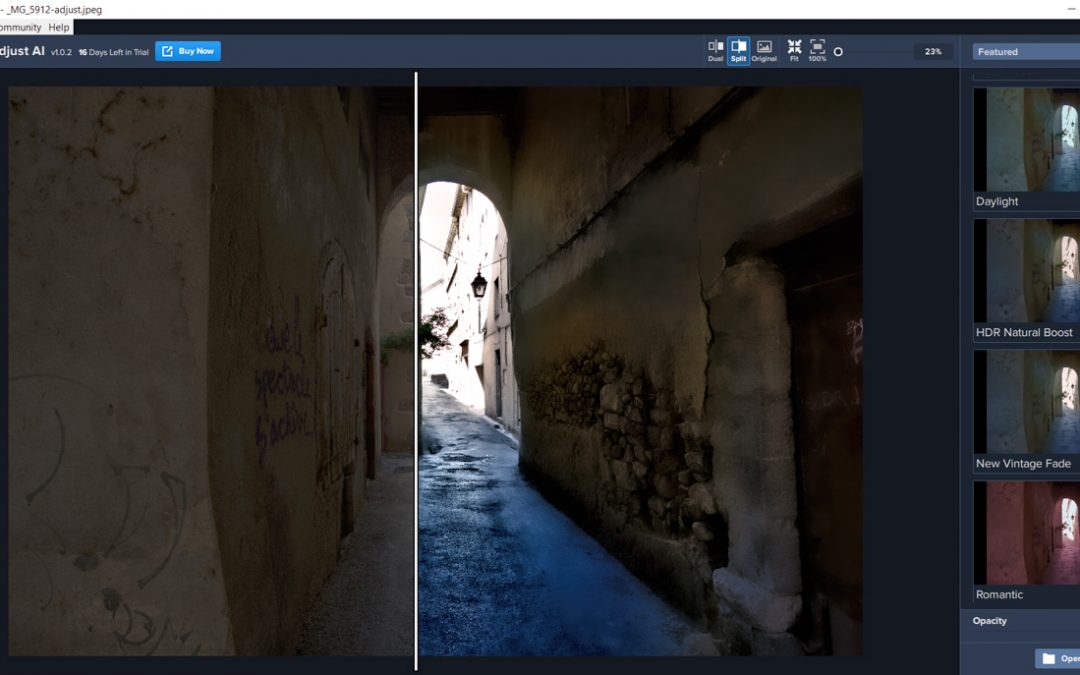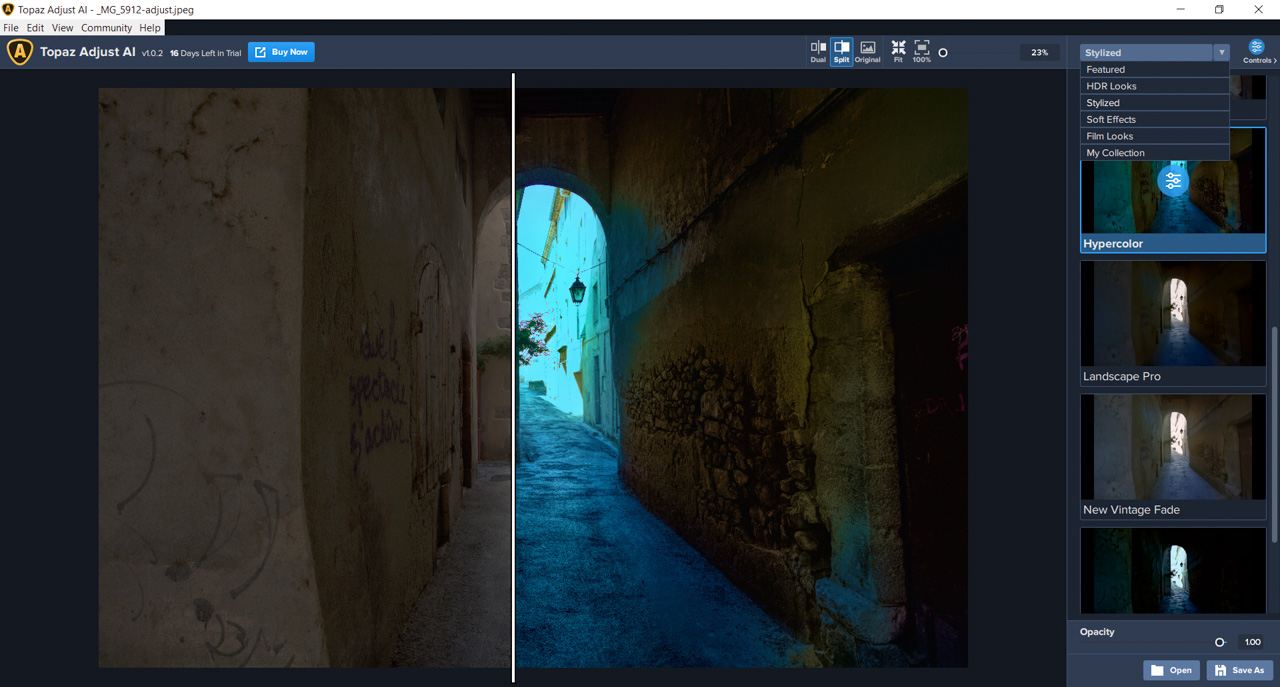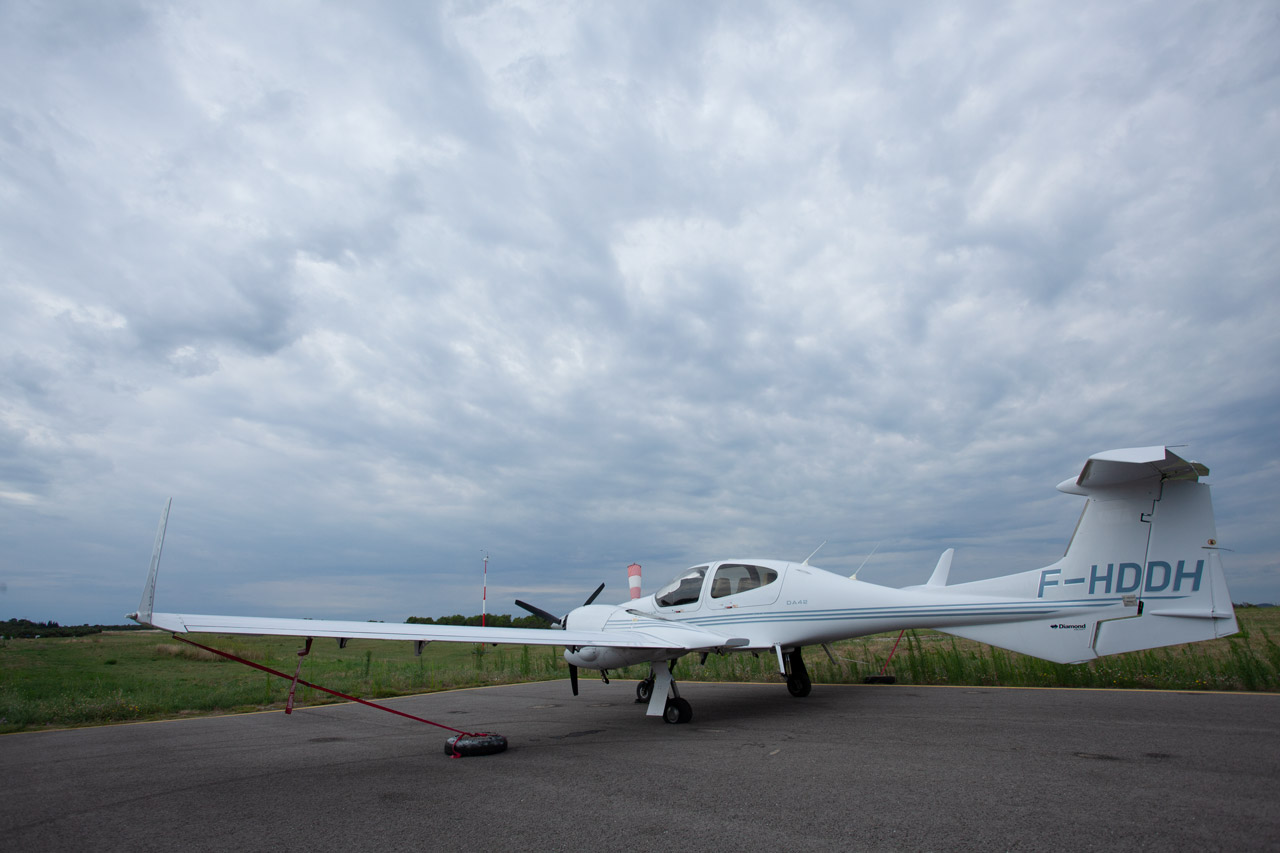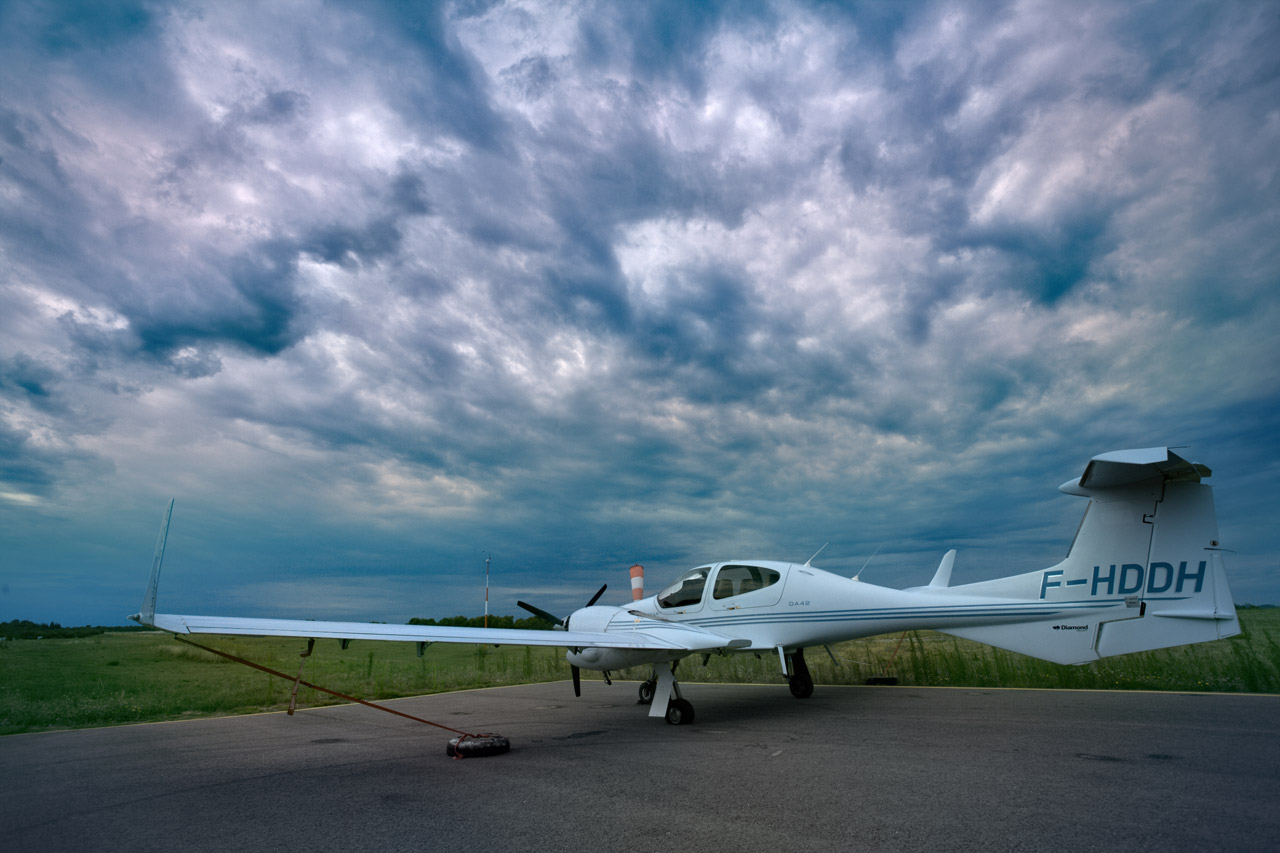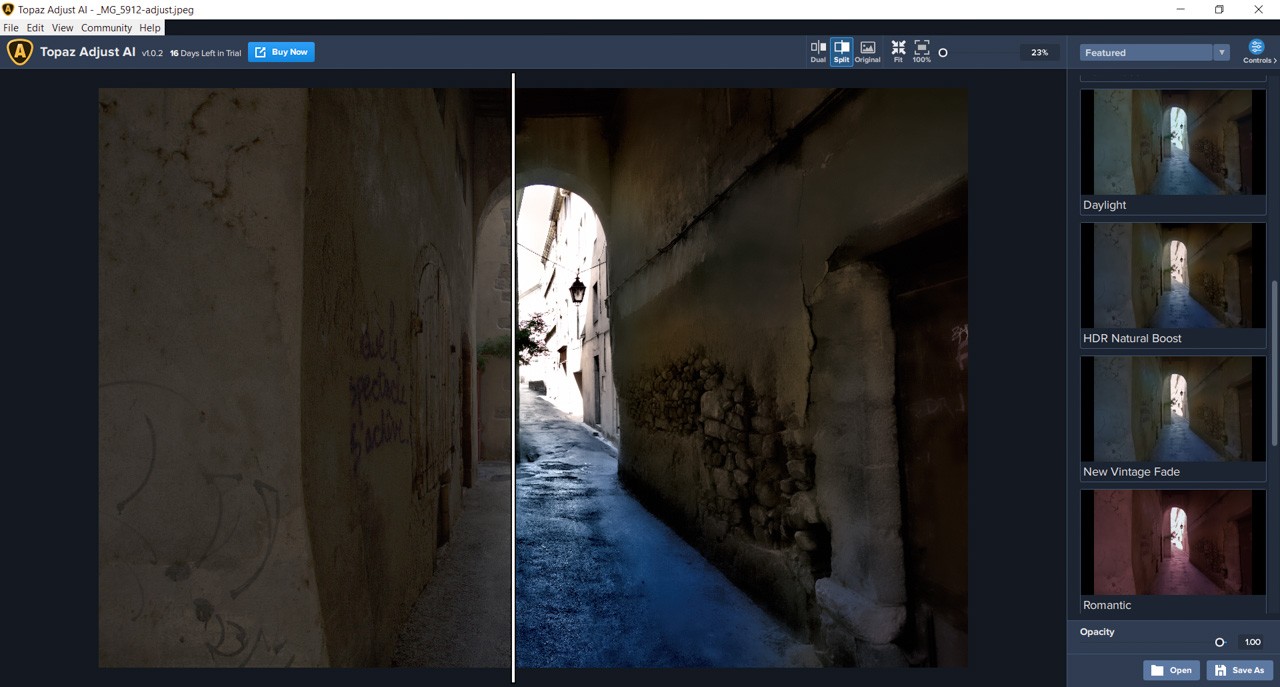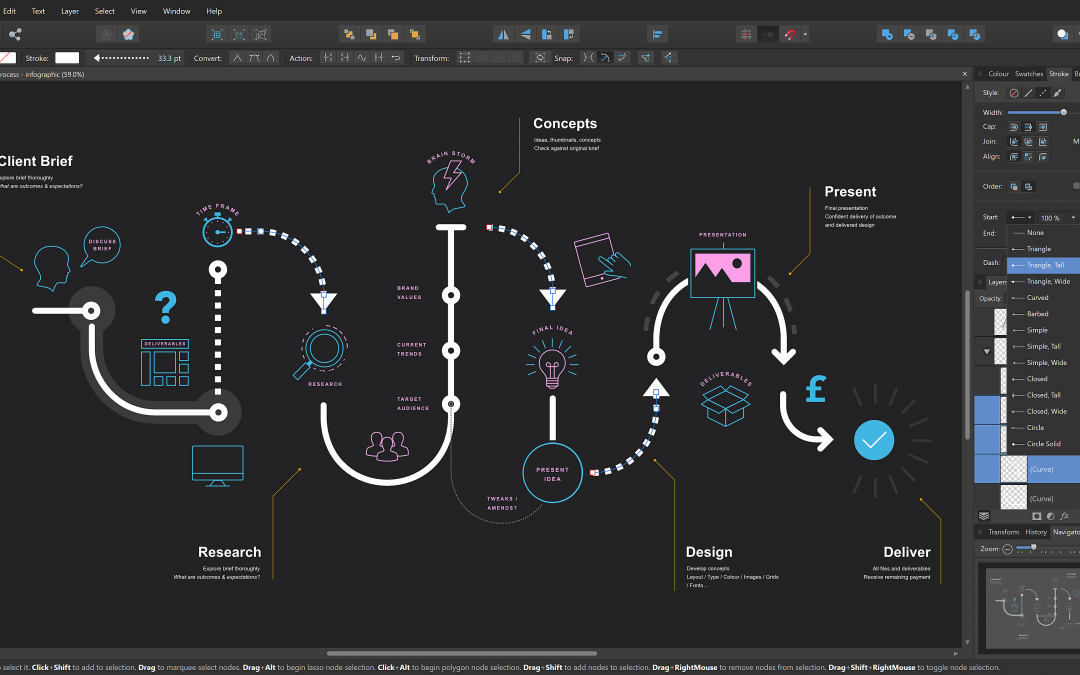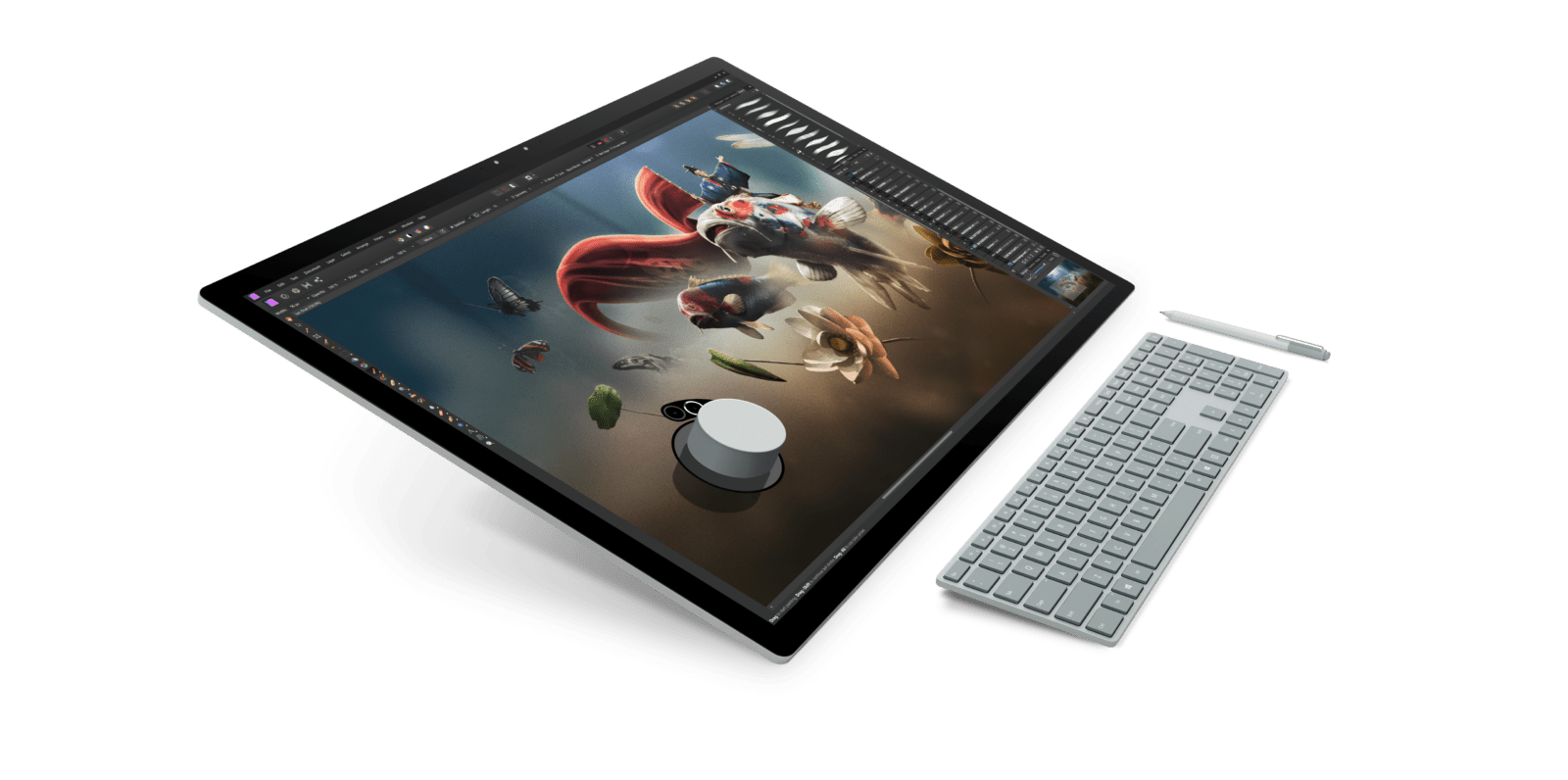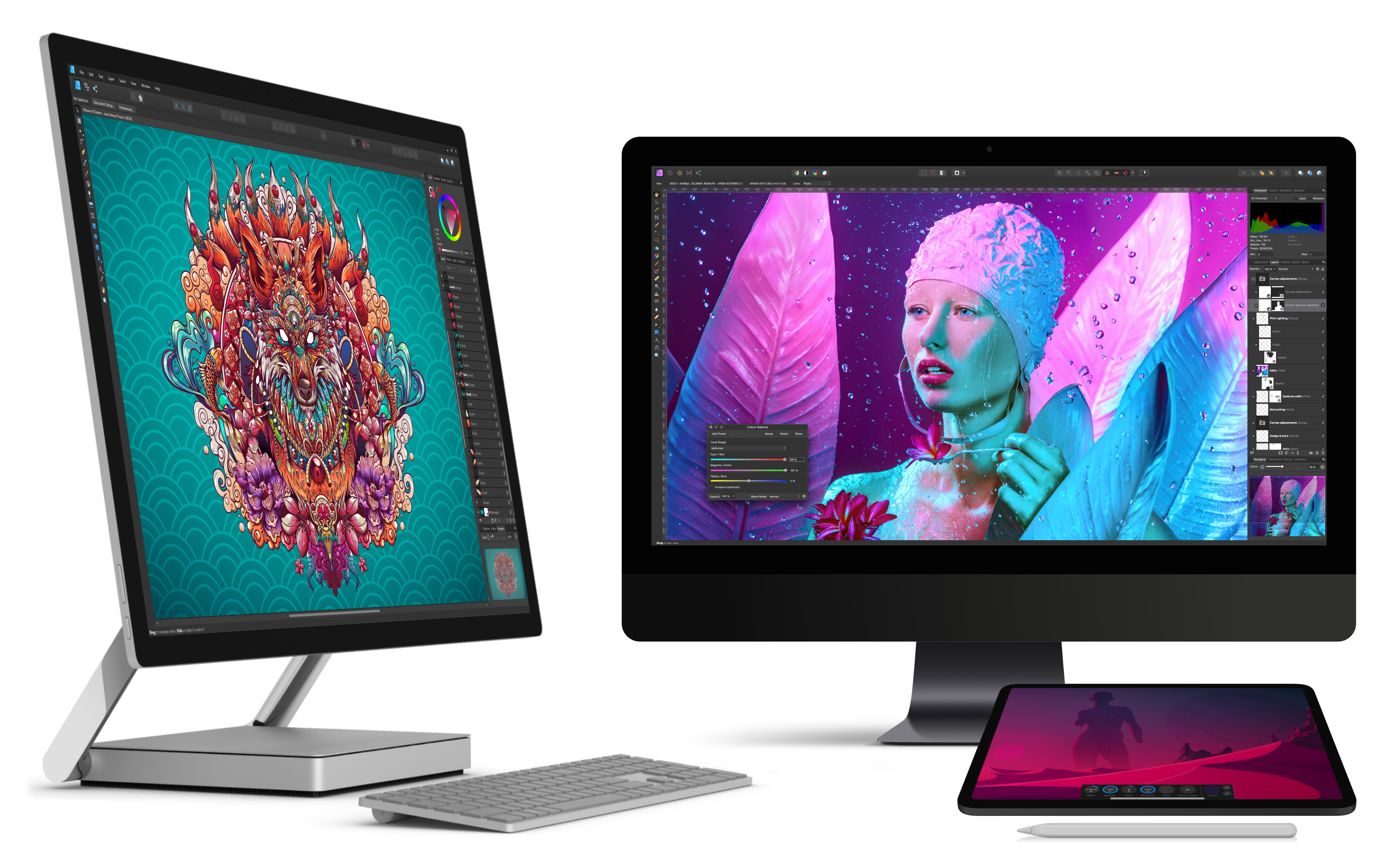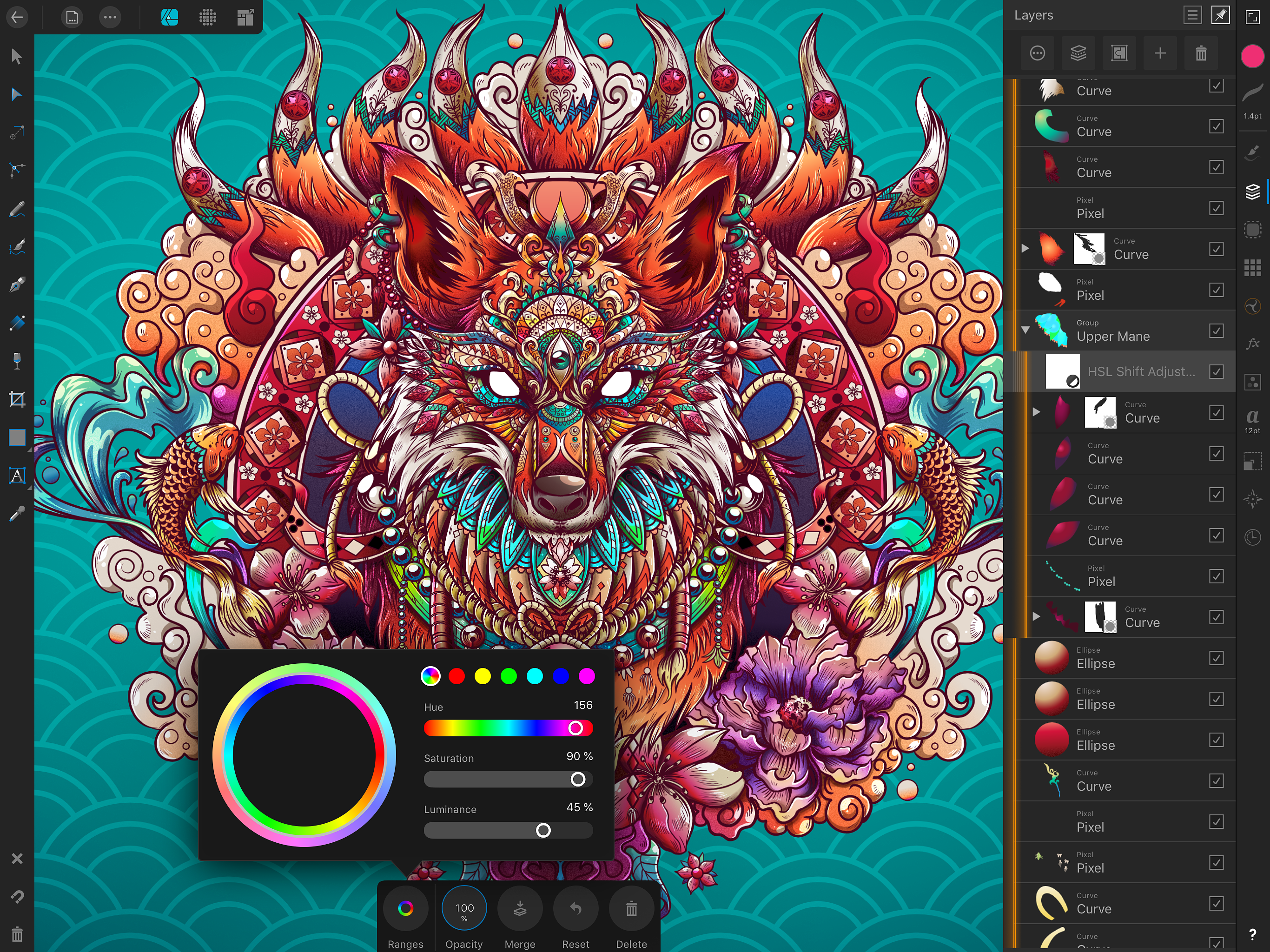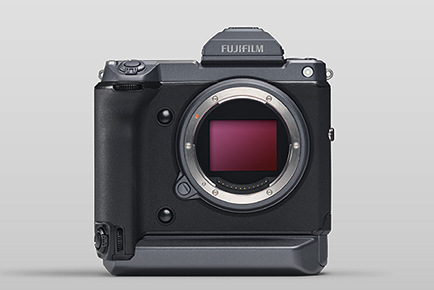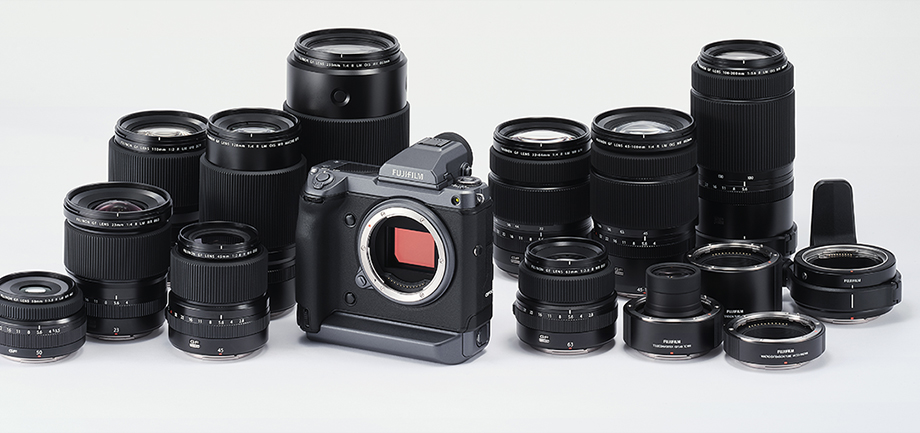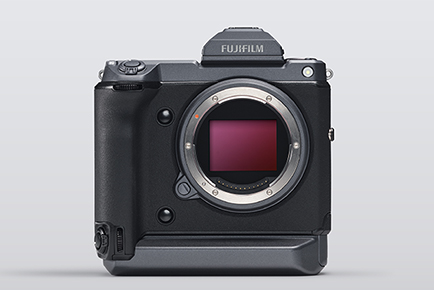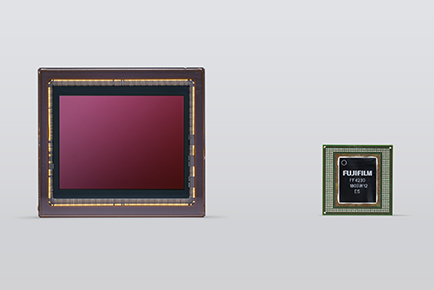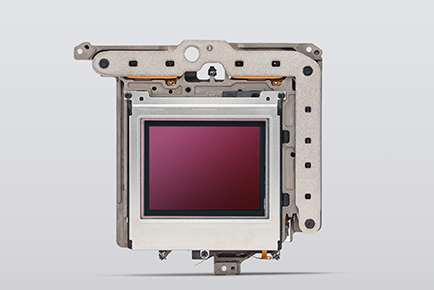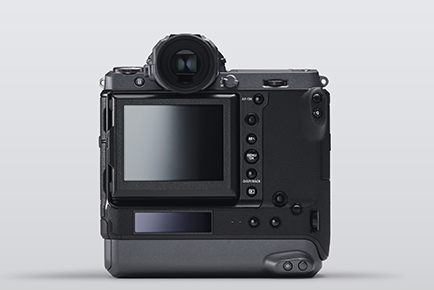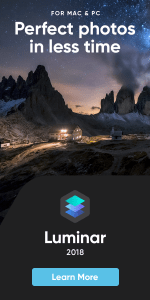2018 was a great year for Skylum, and 2019 has been full of new products and improvements. Can you tell us about how Skylum is moving forward?
2018 was a year of changes. And the first half of 2019 was full of changes and challenges as well. At the end of last December, we launched Luminar 3, the long-awaited update to our flagship product. Luminar 3 includes a Library so users can easily manage and edit their images in one place. Most people were happy with it, but some still preferred the old workflow. They wanted a tool that allowed them to stick with their existing workflow but that also offered our new AI-powered features. That’s why we decided to launch a new product, Luminar Flex. This was a new direction for us, but it was what our users wanted.
We also recently launched a new product called AirMagic — an automatic image enhancer for drone photos. This was a totally new niche for us. Drone photography is popular, but it requires a different editing approach. We had to invest a lot in figuring that out. In other words, we’ve been exploring new directions to expand the business and not simply sticking with our proven products. We believe this has made us stronger.
This year, we’re continuing to work on Luminar to make it a better “place” for photographers of all skill levels. In autumn, we’ll be launching a new version of the software with updated editing functionality and even an updated UI. You also can expect more innovative AI-powered features in Luminar in the near future. I can’t reveal all the details yet, but I’m sure photographers and artists will enjoy it a lot. Moreover, our team is working on Luminar Cloud, business-to-business cloud-based solutions for affordably automating image processing using technologies from the Skylum AI Lab. We’ll provide tools that save time and money for businesses small and large, whether it’s a real estate business that needs quality HDR photos for their listings or an online retailer that wants to batch edit product photos. We’ll help companies automate the monotonous traditional post-processing techniques. And, of course, we’re thinking about going mobile. It’s perfectly clear to everyone that mobile apps are the present and the future. But it’s too early for any details. AI is now one of the biggest trends in imaging software.
Can you tell us about Skylum’s AI strategy?
I think that AI will occupy an increasingly prominent place in image processing. It’s inevitable. We’ll spend less and less time on routines, for instance, masking and fixing white balance, exposure, and clarity. I believe that AI technologies can make the lives of artists easier and save a lot of time by automating the most common tasks of a photographer. So instead of spending plenty of time on editing photos, our users can get stunning images in seconds. At Skylum, we see our mission as automating photo editing with Artificial Intelligence. Our goal is to completely replace traditional editing techniques with the help of new AI technologies that will not only be smarter but also give significantly better results. Accent AI 2.0, which we recently released, shows our approach to the future of photo editing. We want to make learning how to edit images unnecessary thanks to intuitive AI filters. We’re also working hard to create AI tools that will help businesses automate editing and cut costs using AI-powered solutions with Luminar Cloud. For example, we’ll soon be launching a suite of cloud-based tools that use Skylum’s award-winning technologies to automatically breathe life into photographs.
Serif, with Affinity Photo and Affinity Designer, and Adobe, which is now launching the full Photoshop for iPad, are taking the most significant spots in the growing mobile market. Does Skylum have any mobile plans for Luminar?
Before Affinity Photo, Affinity Designer, and Adobe Photoshop there were Pixelmator, SnapSeed, Enlight and other amazing apps working on mobile platforms like iPad and iPhone. The main thing that stopped us from entering this niche before was that we understood that users behave differently on mobile devices than on desktops. And they expect other features and follow another workflow. I’m really glad that Adobe and Affinity are coming out with mobile options, as photographers don’t limit themselves to one editing tool. They’re looking for as many tools as they need to achieve their creative results. Unfortunately, lots of new players who bring their applications to the market copy each other and do not add any value for users. So answering the question – we will definitely come out with Luminar for both iPad and iPhone, but only after we release Luminar 4, which is scheduled at the end of this year. And after we release Luminar Cloud, which will be in beta testing in July. Right now, we already have several prototypes of Luminar for mobile platforms, but we want to make sure that we come out with exactly those features that will bring additional value to users – that will bring something new to photographers and artists. And once we have these new, unique, and interesting solutions ready, it won’t matter how many apps already exist on the market since we’ll bring people something that no one else has given. Skylum’s philosophy is not to copy, not to duplicate, but to create and introduce new value. And we are now forming this value.
You’ve acquired Photolumur for its AI technology and launched AirMagic for drone shooters. Why are these apps separated, as they’re using the same technology with different presets?
Photolemur and AirMagic share a similar interface but are absolutely different in their purpose. Photolemur can be used for all types of images, while the AI algorithms in AirMagic are new and are tailored for drone and aerial photography. AirMagic works by first detecting the drone camera used to produce an image and analyzing its lens and color profile. From there, it makes automatic lens corrections and other camera-specific optimizations. Also, AirMagic is faster and more optimized than Photolemur.
Is machine learning implemented in Luminar 3.1, allowing improvement with multiple tries, or Is it just a smart detection algorithm?
Our technologies are based on AI-driven algorithms. We train our neural networks on hundreds of thousands of images taken in different conditions by cameras from Fujifilm, Sony, Olympus, Nikon, Canon, and many other manufacturers. It lets us bring outstanding results for all photographers, regardless of what style they shoot and what gear they’re using. Depending on the project, whether it’s sky improvement or skin detection, we pick specific photos to train neural networks and run tests until we get accurate results. So a photographer doesn’t have to think about dozens of adjustments like fixing the tone, details, exposure, depth, and color. The trained algorithm does it automatically and presents the results.
You’re now on version 2 of the Accent AI filter. Can you tell us about the improvements, and what will be its evolution possibly in Aurora?
The original Accent AI was groundbreaking, making a photographer’s workflow not only easier but quicker. It took care of common adjustments to shadows, highlights, contrast, and over a dozen other things. The results were great but weren’t always perfect for every photograph. Colors may not have always been correct, images could be over- or under-processed, and the technology didn’t recognize faces and people. That’s why we created Accent AI 2.0 to manage these problems. With the latest update, Accent AI became completely human-aware. Accent AI 2.0 features facial and object recognition technology, helping photographers create more realistic images. With this update, we’ve connected a new neural network that recognizes objects better. We also added a new “person” class. The latest version analyzes photographs, identifies things like faces, and truly improves an image every time. Finally, Accent AI 2.0 features more careful color corrections, making for more accuracy and quality. It also works better with hidden details. If Accent AI 2.0 can’t make an object look better, it won’t touch it. We’re committed to making photographers’ lives and workflows easier with our AI technologies like Accent AI and AI Sky Enhancer. We believe that AI is helping more people to engage in photography and photo editing at the entry-level and get great photos without having to spend ages learning how to apply manual changes to luminosity, contrast, color, and exposure. Everyone deserves to realize their photographic vision, and Skylum’s AI solutions will allow more of us than ever to do that.
Do you have any plans on improving Luminar as a full suite and making an all-in-one product from all your different imaging apps?
Right now our main product is Luminar. It has absorbed almost all the functionality of our previous products. We deliberately stopped developing and supporting other apps like Tonality, Snapselect, Intensify, and Snapheal and put all our energy into building Luminar, which is becoming an all-in-one photography platform. We’re following our mission to make Luminar a convenient platform for everyone who loves to photograph. And this platform will be available on mobile, desktop, and in the cloud, so even businesses will be able to integrate it using an API and implement Luminar’s technologies. So, in a word, Luminar will continue to evolve by adding new filters and new tools for improving and organizing photography. We’ve outgrown the idea of competing with others. We see plainly that our technologies are unique. And now the “complete rather than compete” idea is reflected in our company’s philosophy. We’re ready to integrate with Affinity and Adobe as plugins because everything we do is for the sake of users. With the power of Luminar, artists will get more. So even if users have other tools, Luminar will always be on their list. And with the success of our Luminar Flex plugin, we see that thousands and thousands of Photoshop and Lightroom users buy and download Luminar Flex daily. Despite the fact that they have these great products, they buy Luminar because they see the additional value. Step by step, we’re building a platform that has a set of basic tools along with solutions that no one else has and that bring lots of additional value.














